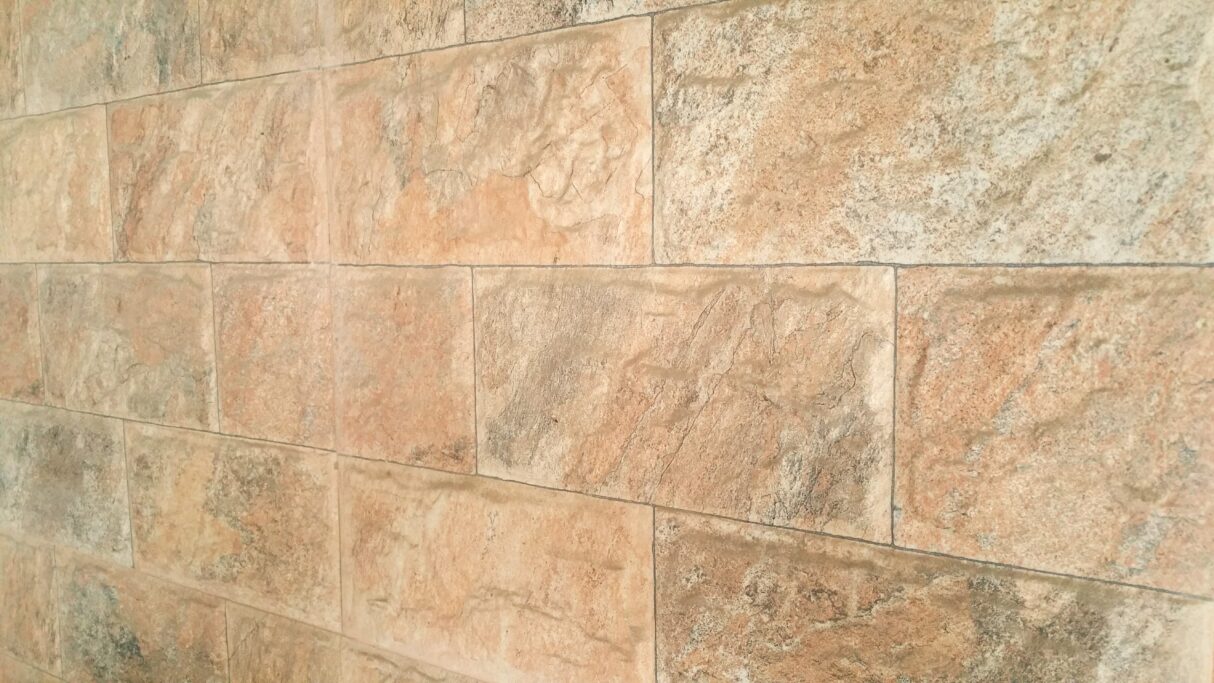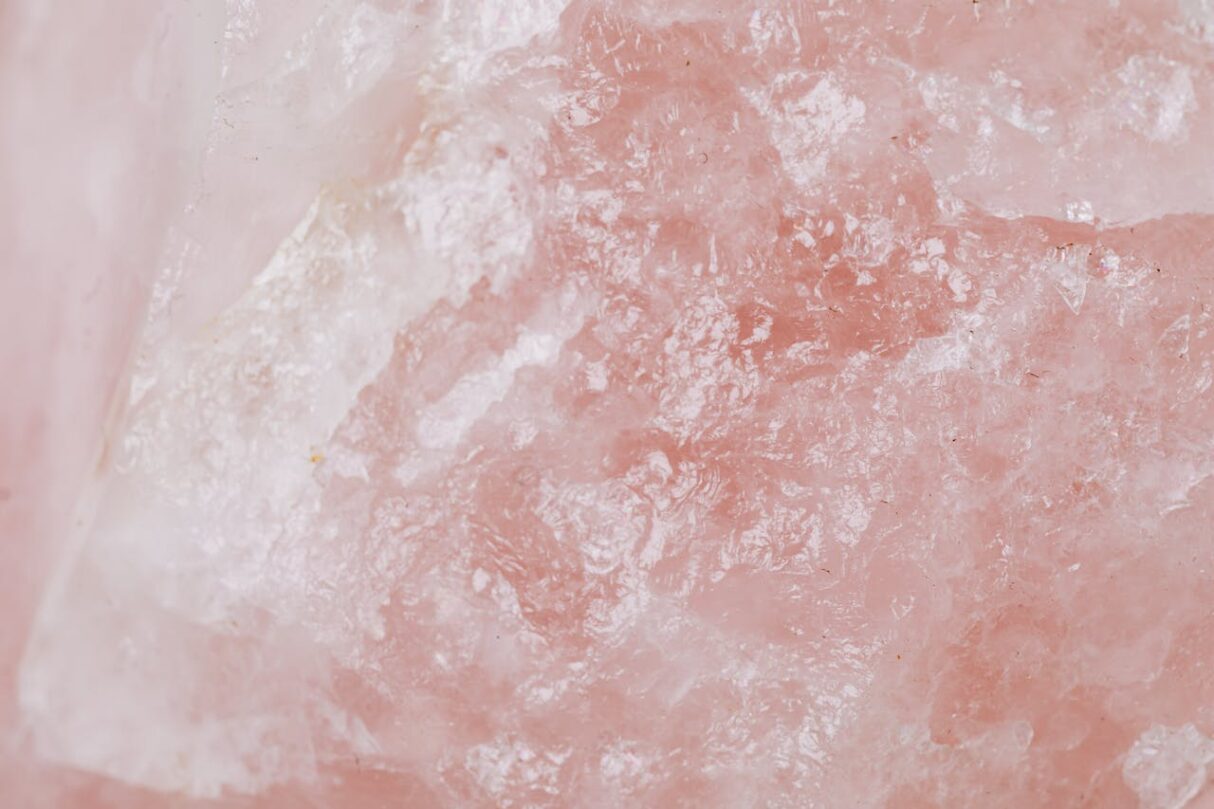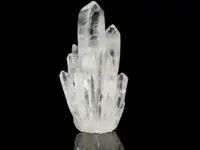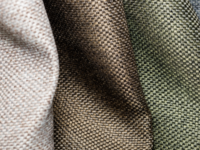Granite and quartz are both popular materials used in countertops and other applications in the construction and design industry. While they have some differences, they also share several similarities. Here are some commonalities between granite and quartz:
- Durability: Both granite and quartz are durable materials that can withstand everyday use and are resistant to scratches and chips. They are also heat-resistant, although it’s recommended to use trivets or hot pads to protect their surfaces from extreme heat.
- Hardness: Granite and quartz are both hard materials, making them suitable for high-traffic areas like kitchen countertops. Their hardness contributes to their resistance against wear and tear.
- Variety of Colors and Patterns: Both materials offer a wide range of colors and patterns, providing versatility in design options. This variety allows homeowners and designers to choose a surface that complements their overall aesthetic preferences.
- Low Maintenance: Granite and quartz are relatively low-maintenance materials. They are non-porous, which means they resist staining and are easy to clean. Regular cleaning with mild soap and water is usually sufficient to maintain their appearance.
- Longevity: Both granite and quartz are long-lasting materials. When properly installed and maintained, they can last for many years without significant wear or degradation.
- Natural Stone Appearance: While quartz is an engineered stone made from a combination of crushed natural quartz crystals and resins, it is designed to mimic the appearance of natural stone. Granite, on the other hand, is a natural stone. Both materials often have a luxurious and high-end look that enhances the aesthetics of the space.
- Usage in Various Applications: Both granite and quartz can be used in various applications beyond countertops, such as backsplashes, flooring, and even vertical surfaces. This versatility makes them popular choices in residential and commercial settings.
- Value Addition to Property: Both granite and quartz countertops are considered valuable additions to a home, potentially increasing its resale value. They are often seen as desirable features in kitchens and bathrooms.
While granite and quartz share these similarities, it’s important to note that they also have some key differences.
What is granite?
Granite is a natural igneous rock composed mainly of quartz, feldspar, mica, and other minerals. It forms through the slow crystallization of magma beneath the Earth’s surface. Granite is known for its durability, hardness, and attractive appearance, making it a popular choice for various applications in construction and design, particularly as a material for countertops, flooring, and decorative elements.

Key characteristics of granite include:
- Mineral Composition: Granite is primarily composed of quartz, feldspar, and mica. The proportions of these minerals can vary, contributing to the stone’s unique appearance and color.
- Hardness: Granite is a hard and durable rock, ranking high on the Mohs scale of mineral hardness. It is resistant to scratches and abrasion, making it suitable for high-traffic areas.
- Colors and Patterns: Granite comes in a wide range of colors, including white, gray, black, pink, red, green, and blue. The mineral composition and the geological processes during its formation contribute to the diverse patterns and variations found in granite slabs.
- Veins and Patterns: Granite often exhibits veins, swirls, and speckles of different minerals, giving each slab a unique and distinctive appearance. This natural variability is one of the reasons why granite is favored for its aesthetic appeal.
- Formation Process: Granite forms deep within the Earth’s crust as molten magma cools and solidifies over time. This slow cooling process allows large crystals to form, giving granite its coarse-grained texture.
- Density: Granite is a dense and compact rock, which contributes to its strength and durability. The density of granite can vary depending on its mineral composition and the specific geological conditions during its formation.
- Use in Construction: Due to its durability and aesthetic qualities, granite is commonly used in various construction applications. It is frequently employed as countertops in kitchens and bathrooms, flooring tiles, wall cladding, monuments, and decorative elements in both residential and commercial settings.
It’s important to note that granite is a natural stone, and as such, each slab is unique in terms of color, pattern, and veining.
What is Quartz?
Quartz is a mineral composed of silicon and oxygen atoms, and it is one of the most abundant minerals in the Earth’s crust. It belongs to the group of minerals known as tectosilicates. While quartz is a naturally occurring mineral, the term “quartz” is also commonly used to refer to engineered or synthetic quartz surfaces used in various applications, such as countertops and other construction and design projects.

Here are key aspects of natural quartz and engineered quartz:
- Natural Quartz:
- Composition: Pure quartz is made up of silicon dioxide (SiO2) crystals. It is a hard and crystalline mineral with a hexagonal crystal structure.
- Varieties: Natural quartz exists in various varieties, including amethyst (purple), citrine (yellow to orange), rose quartz (pink), and smoky quartz (brown to gray).
- Occurrence: Quartz is found in many geological environments, ranging from igneous, sedimentary, and metamorphic rocks to hydrothermal veins.
- Engineered Quartz:
- Composition: Engineered quartz consists of crushed natural quartz crystals mixed with resins, polymers, and pigments. The ratio of quartz to resin can vary, but it generally contains about 90-95% crushed quartz.
- Manufacturing Process: The production of engineered quartz involves combining the crushed quartz with binders and other additives. The mixture is then subjected to heat and pressure to create slabs or other forms.
- Consistency: Engineered quartz has a more consistent appearance in terms of color and pattern compared to natural quartz. This consistency is often preferred in design applications.
- Non-Porous: Unlike natural quartz, engineered quartz is non-porous, making it resistant to staining and less prone to bacterial growth. It does not require sealing.
- Applications:
- Natural Quartz: Natural quartz crystals are often used in jewelry and decorative items. Large, clear crystals are also prized by collectors.
- Engineered Quartz: Engineered quartz surfaces, commonly known by brand names such as Caesarstone, Silestone, and Cambria, are widely used for countertops, backsplashes, flooring, and other interior applications. They are valued for their durability, low maintenance, and wide range of available colors and patterns.
Both natural quartz and engineered quartz have distinct characteristics and applications. Natural quartz’s beauty lies in its variety of colors and formations, while engineered quartz offers consistency, durability, and practical benefits in design and construction projects.
What are the difference between Granite and Quartz?
Granite and quartz are both popular choices for countertops and other surfaces in the construction and design industry. While they share some similarities, they also have key differences. Here are some of the main distinctions between granite and quartz:
- Composition:
- Granite: Granite is a natural igneous rock composed mainly of quartz, feldspar, mica, and other minerals. It is mined from quarries in large slabs, and each slab is unique due to natural variations in color, pattern, and veining.
- Quartz: Quartz countertops are engineered stone surfaces made by combining crushed natural quartz crystals with resins, polymers, and pigments. The resulting material is manufactured to have a consistent appearance.
- Appearance:
- Granite: Granite offers a natural and unique appearance with variations in color, pattern, and veining. It often has a coarse-grained texture and can include minerals like quartz, feldspar, and mica.
- Quartz: Engineered quartz has a more uniform and consistent appearance compared to natural granite. It is available in a wide range of colors and patterns, and its appearance can be controlled during the manufacturing process.
- Durability:
- Granite: Granite is a durable and hard natural stone, resistant to scratches and heat. It requires sealing periodically to maintain its resistance to stains.
- Quartz: Engineered quartz is also durable and resistant to scratches and heat. One of its advantages is that it is non-porous, making it less prone to staining and bacterial growth. It does not require sealing.
- Maintenance:
- Granite: Granite requires periodic sealing to maintain its resistance to stains and spills. Routine cleaning with mild soap and water is recommended.
- Quartz: Engineered quartz is non-porous and does not require sealing. It is generally easier to clean and maintain.
- Consistency:
- Granite: Each granite slab is unique, and patterns and colors can vary between slabs. Some homeowners appreciate the natural variations, while others may prefer a more consistent look.
- Quartz: Engineered quartz provides a consistent appearance, making it suitable for those who prefer a more uniform and controlled aesthetic.
- Origin:
- Granite: Granite is a natural stone mined from quarries around the world. Its availability and appearance are influenced by geological factors.
- Quartz: Engineered quartz is a man-made material, and its composition can be controlled during the manufacturing process. It typically includes about 90-95% crushed quartz.
- Cost:
- Granite: The cost of granite can vary depending on factors such as rarity, origin, and installation. In general, it is often considered less expensive than quartz.
- Quartz: Engineered quartz tends to be slightly more expensive than granite, but prices can vary based on brand, design, and other factors.
The choice between granite and quartz often depends on personal preferences, budget considerations, and specific project requirements. Both materials have their advantages and can enhance the aesthetics and functionality of a space.
Table summarizing the similarities and differences between Granite and Quartz
| Feature | Granite | Quartz |
|---|---|---|
| Composition | Natural igneous rock (quartz, feldspar, mica) | Engineered stone (crushed quartz, resins, polymers) |
| Durability | Resistant to scratches and heat | Resistant to scratches and heat |
| Hardness | High on the Mohs scale | High on the Mohs scale |
| Variety of Colors | Wide range of natural colors and patterns | Wide range of consistent colors and patterns |
| Appearance | Unique, natural variations | Consistent appearance, controlled during manufacturing |
| Usage | Countertops, flooring, decorative elements | Countertops, backsplashes, flooring, interior surfaces |
| Maintenance | Periodic sealing required | Non-porous, does not require sealing |
| Resistance to Stains | Requires sealing, can be prone to staining | Non-porous, resistant to staining |
| Heat Resistance | Resistant to heat, use of trivets advised | Resistant to heat, trivets recommended for protection |
| Longevity | Long-lasting | Long-lasting |
| Value Addition | Adds value to property | Adds value to property |
| Versatility | Used in various applications beyond countertops | Versatile, used in countertops, backsplashes, flooring |
| Natural Stone Look | Has a natural stone appearance | Engineered to mimic natural stone appearance |
Summary of Similarities Between Granite and Quartz
In summary, granite and quartz share several similarities, making them popular choices for various applications in construction and design:
- Durability: Both granite and quartz are durable materials, resistant to scratches and heat, making them suitable for high-traffic areas like countertops.
- Hardness: They both rank high on the Mohs scale of mineral hardness, ensuring long-lasting and robust surfaces.
- Variety of Colors and Patterns: Granite offers a wide range of natural colors and patterns, while engineered quartz provides consistent colors and patterns that can be controlled during the manufacturing process.
- Longevity: Both materials are known for their longevity, capable of withstanding everyday use and maintaining their appearance over time.
- Versatility: Granite and quartz are versatile materials, used not only for countertops but also in various applications such as flooring, backsplashes, and decorative elements.
- Value Addition: The use of granite or quartz in construction projects, particularly in kitchens and bathrooms, is often seen as a valuable addition to a property, potentially increasing its resale value.
- Natural Stone Appearance: While granite is a natural stone with unique variations, engineered quartz is designed to mimic the appearance of natural stone, providing a luxurious and high-end look.
- Resistance to Stains: Both materials demonstrate resistance to stains, although granite may require periodic sealing for optimal stain resistance.
- Low Maintenance: Granite and quartz are generally low-maintenance materials, requiring routine cleaning with mild soap and water.
- Heat Resistance: While both materials are resistant to heat, it is advisable to use trivets or hot pads to protect their surfaces from extreme temperatures.
Despite these similarities, there are also notable differences, such as their composition, appearance consistency, and maintenance requirements, which may influence the choice between granite and quartz based on individual preferences and project needs.
Here are some frequently asked questions (FAQs) related to Granite and Quartz
Granite FAQs:
What is granite?
Granite is a natural igneous rock composed mainly of quartz, feldspar, mica, and other minerals. It is mined from quarries and is known for its durability and aesthetic appeal.
How is granite formed?
Granite forms deep within the Earth’s crust as molten magma cools and solidifies over an extended period. This slow cooling allows large crystals to develop, giving granite its coarse-grained texture.
What colors are available in granite?
Granite comes in a wide range of colors, including white, gray, black, pink, red, green, and blue. The specific color depends on the mineral composition.
Is granite porous?
Yes, granite is porous to some extent. It requires periodic sealing to maintain its resistance to stains and spills.
How do I clean and maintain granite countertops?
Clean granite countertops with mild soap and water. Periodically apply a granite sealer to protect against stains. Avoid using acidic or abrasive cleaners.
Quartz FAQs:
What is engineered quartz?
Engineered quartz is a man-made material created by combining crushed natural quartz crystals with resins, polymers, and pigments. It is designed to mimic the appearance of natural stone.
Is quartz natural or synthetic?
Quartz used in countertops is often engineered or synthetic. It consists of about 90-95% crushed natural quartz mixed with resins and other additives.
Does quartz require sealing?
No, quartz is non-porous and does not require sealing. Its non-porous nature makes it resistant to staining and bacterial growth.
How does engineered quartz differ from natural quartz?
Engineered quartz is a composite material, while natural quartz is a mineral. Engineered quartz offers a more consistent appearance, and its composition can be controlled during manufacturing.
Can I place hot pans directly on quartz countertops?
While quartz is resistant to heat, it’s advisable to use trivets or hot pads to protect the surface from extreme temperatures. Sudden and extreme temperature changes can potentially damage the material.
General FAQs:
Which is more expensive, granite or quartz?
The cost can vary, but in general, engineered quartz tends to be slightly more expensive than granite. Prices depend on factors such as brand, design, and installation.
Are granite and quartz both suitable for kitchen countertops?
Yes, both granite and quartz are popular choices for kitchen countertops due to their durability, resistance to stains, and aesthetic appeal.
Do granite and quartz add value to a home?
Yes, the use of granite or quartz in construction projects, especially in kitchens and bathrooms, is often considered a valuable addition that can potentially increase a home’s resale value.
These FAQs provide a basic understanding of granite and quartz, addressing common questions that individuals may have when considering these materials for various applications.
References
- Lee Wallender (2023). Quartz vs Granite Countertops Comparison Guide. The Spruce.
- Expert Advice (2022). Granite vs Quartz: Cost-Effective Factors When Picking the Best Kitchen Countertop. Livspace.
- Deane Biermeier, Samantha Allen. Quartz vs. Granite Countertops: Which Is Best? (2024 Guide) Forbes












Leave a Reply